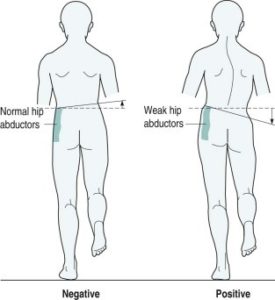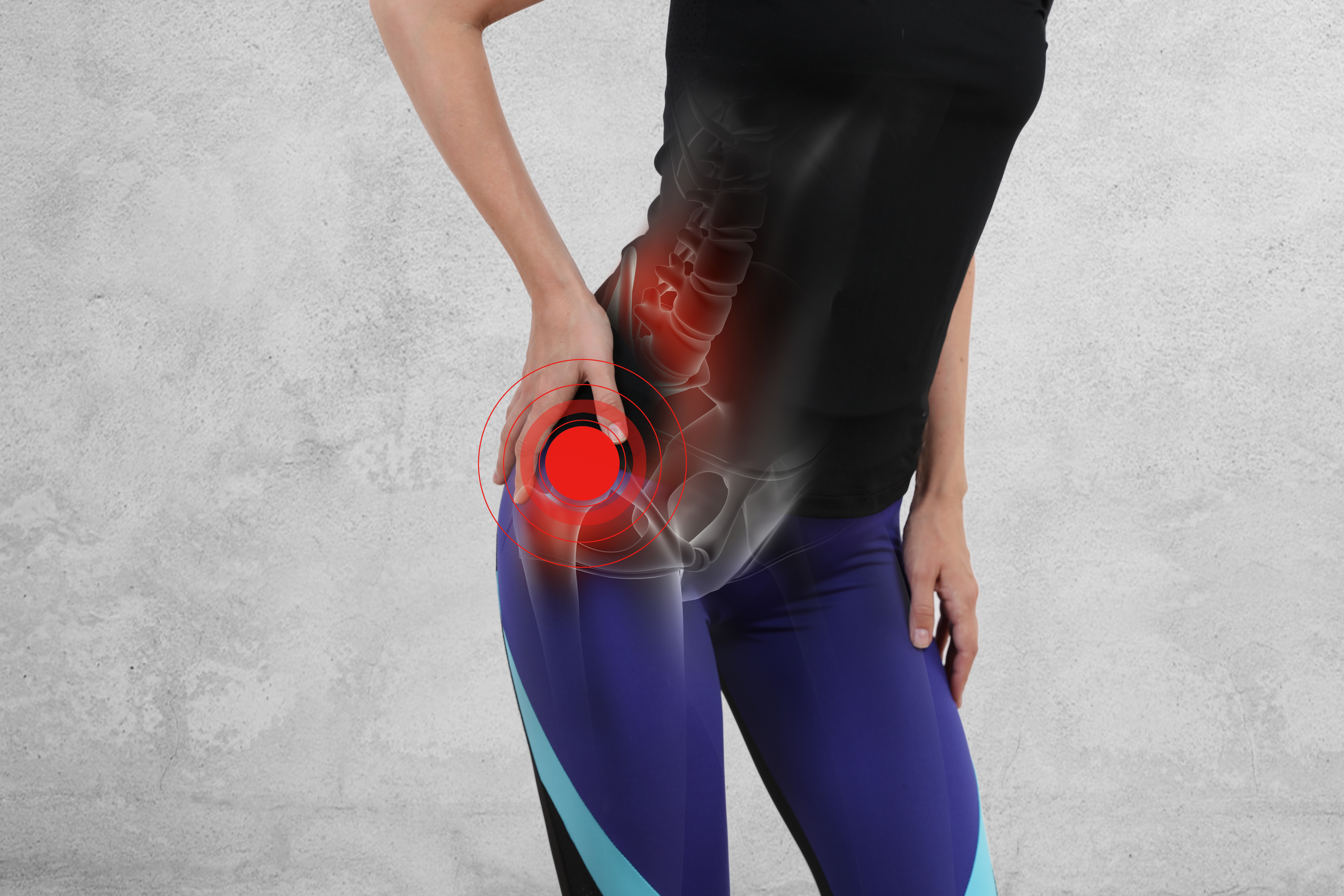
Hip Strengthening Made Easy
Many people demonstrate hip weakness or under utilize their hip muscles during functional activities. In many cases, such weakness or under utilization of the hips can lead to lower back pain, knee pain, hip pain, or poor balance. There are a few ways that we can determine whether or not the hip muscles are doing their job during activities including walking, climbing stairs, or squatting.
One simple way to determine the functionality of your hip is to stand on one leg. Looking in a mirror, lift one leg up while balancing on the opposite leg and observe what happens to your belt line. The standing leg is the leg you are testing. If your belt line deviates from parallel and the hip of the lifted leg drops, there is a good chance that the hip of the standing leg is weak. Below, I will go over a few entry level hip strengthening exercises that can be performed by people of nearly all fitness levels to address these weaknesses.
Bridge
This first exercise can be performed either on the floor or in bed and will work on improving your hip extension strength. Hip extension describes when you bring your upper leg backwards. To perform the exercise, begin by lying on your back with your knees bent. Pushing through your heels, raise your hips from the surface that you are lying on toward the ceiling as high as you can without experiencing any pain. Hold for approximately 1-2 seconds and then return to your starting position. You may perform 2-3 sets of 10 repetitions depending on how difficult you find this exercise.
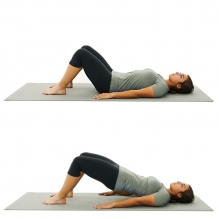
Seated March
The second exercise in this article will help to strengthen your hip flexors. Hip flexion describes lifting your upper leg in front of you. To perform this exercise, begin by sitting in a chair approximately 1-2 inches forward so that the lower back is not touching or supported by the back of the chair. Lift one leg at a time as if you were marching (keeping your knee bent) and return the leg to the starting position. To simulate walking, alternate legs with each repetition and continue until performing 2-3 sets of 10 repetitions on each leg. For an extra challenge for your core musculature, you may perform the exercise on a surface high enough that your legs are not touching the floor (such as the edge of a bed) and cross your arms rather than placing your hands on the surface for extra support.
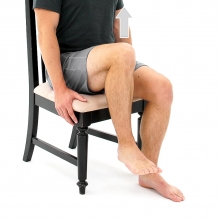
Standing Abduction
This last exercise can be performed in a standing position in front of a table or counter and will work to strengthen your hip abduction. Hip abduction describes moving your leg to the side. Stand facing the edge of a table or cabinet so that you have a surface to hold on to. Standing tall, kick one leg to your side (If you are beginning with your right leg, kick your leg to the right) with control and hold for 1 second before returning the leg to the starting position. Perform 10 repetitions with the first leg and then switch legs until you have performed 2-3 sets of 10 repetitions per leg. This exercise is doubly effective as we are working the kicking leg by actively abducting our upper leg while simultaneously working the opposite leg by simply standing on it and maintaining our balance.
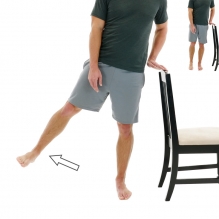
The hip can be a very complicated joint with many structures, however, listed above are some rudimentary hip strengthening exercises that, if properly performed, can improve our ability to perform functional activities with decreased pain.

